Stig Allas brings his snowmobile to a halt on a ridge overlooking the lake, then trudges through snow and knee-high bushes out onto the frozen surface. He takes out a pocket torch and scrutinises the reindeer prints leading in from the darkness. “They have gone the wrong way,” he declares. “So… we must do something.”
Back on the snowmobile, we are weaving down narrow paths, across short stretches of ice, and over low hills, combing the taiga surrounding our cabin for tracks. Ten minutes later, we come to a clearing and there they are, jostling in our headlights, eyes glistening: a small herd of eight, perhaps 10, deer. They rear around and take off into the trees.
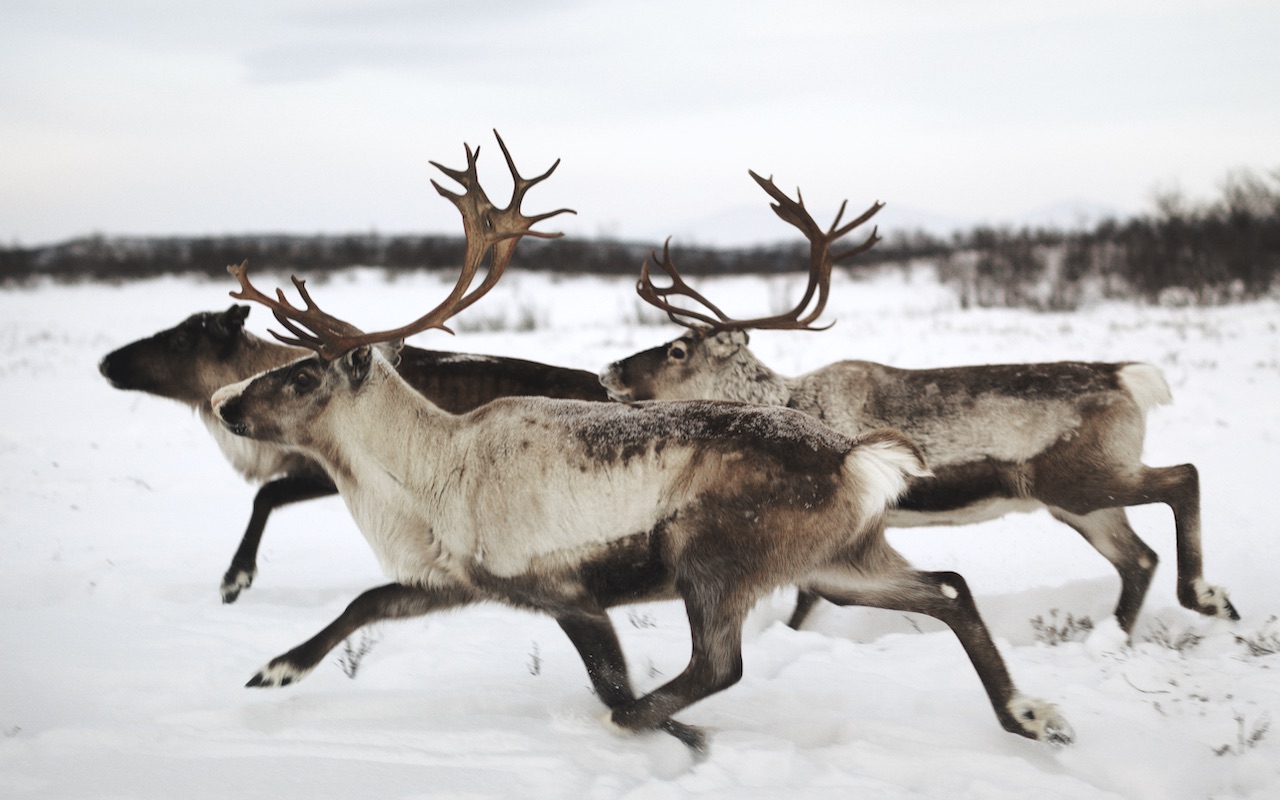
“They were here!” Allas turns around to look at me, the eyes in his leathery face sparkling with amusement. But he pauses only for an instant before accelerating away in quick pursuit. For the next 10 minutes, it seems like we’ve lost them as we follow a path around the edge of the hill. Our guide, though, knows exactly where they are. He instructs Felix Odell, the photographer I am travelling with, to drive his snowmobile slowly along one path, while he and I approach from the other side.
Soon, we’ve got the herd circling between us, unsure of which way to go until Allas nudges them down onto a wider track, letting out a series of short, high-pitched yelps: “Shree!” “Showeee!” “Shree!” We pursue the galloping herd for more than five kilometres before they finally leap off to the left through a gap in the fence.
Allas then stops the snowmobile and walks over to close the gap with coiled-up metal fencing. “Sorry,” he says when he gets back, referring to our experience of reindeer herding. “You had to see some real life.” To what extent the thrilling chase to round up the reindeer was genuine and to what extent it was put on for us tourists, I’m not sure. But a taste of real Sámi life is what Stig Allas, one of only a handful of Sámi guides in Kiruna, north of the Arctic Circle in Swedish Lapland, has to offer.
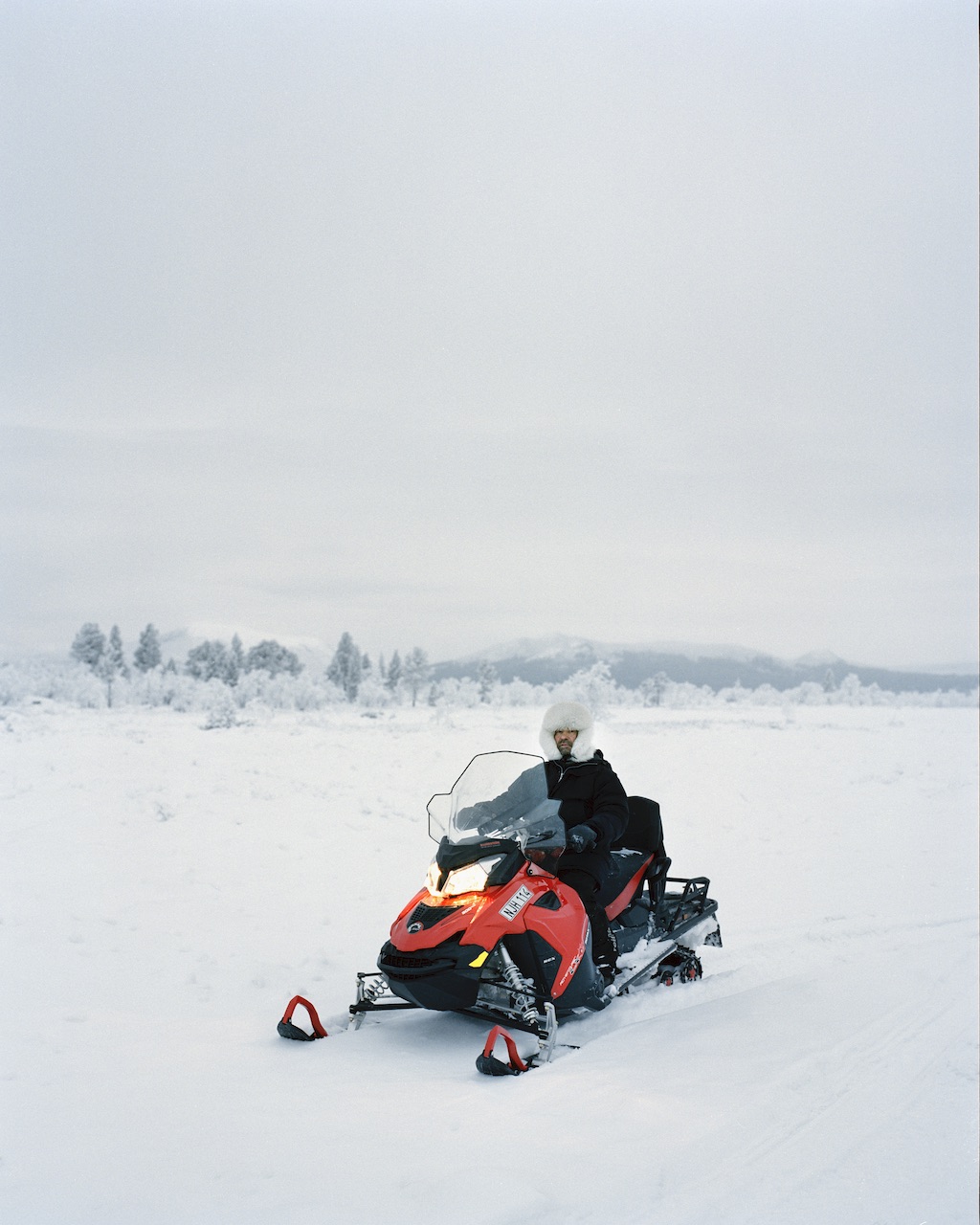
The 59-year-old is one of an estimated 70,000 Sámi people still living in their homeland, Sápmi, which stretches from the northern coast of Norway, across northern Sweden and Finland, to Russia’s Kola Peninsula. Allas is also one of about 2,500 people in Sweden still involved in reindeer husbandry.
In Sweden, only the Sámi are permitted to keep herds of reindeer, which roam free for most of the year, migrating between summer and winter grazing grounds, with the herders tracking them over large distances with snowmobiles or helicopters. When Allas isn’t taking guests out, he’s responsible for tracking and protecting the herds owned by Talma sameby – the Sámi district to which he belongs – from the predators that threaten their existence.
Aside from a sealskin hat lined with fox fur and a leather belt holding a knife with a reindeer-antler hilt, Allas eschews the traditional outfits in favour of practical, modern cold-weather gear. Like many Sámi, he lives mostly in Kiruna, the biggest city in Swedish Lapland, where the economy is driven by iron ore mining. He refers to himself as a Lapp, using the old-fashioned Swedish term for Sámi.
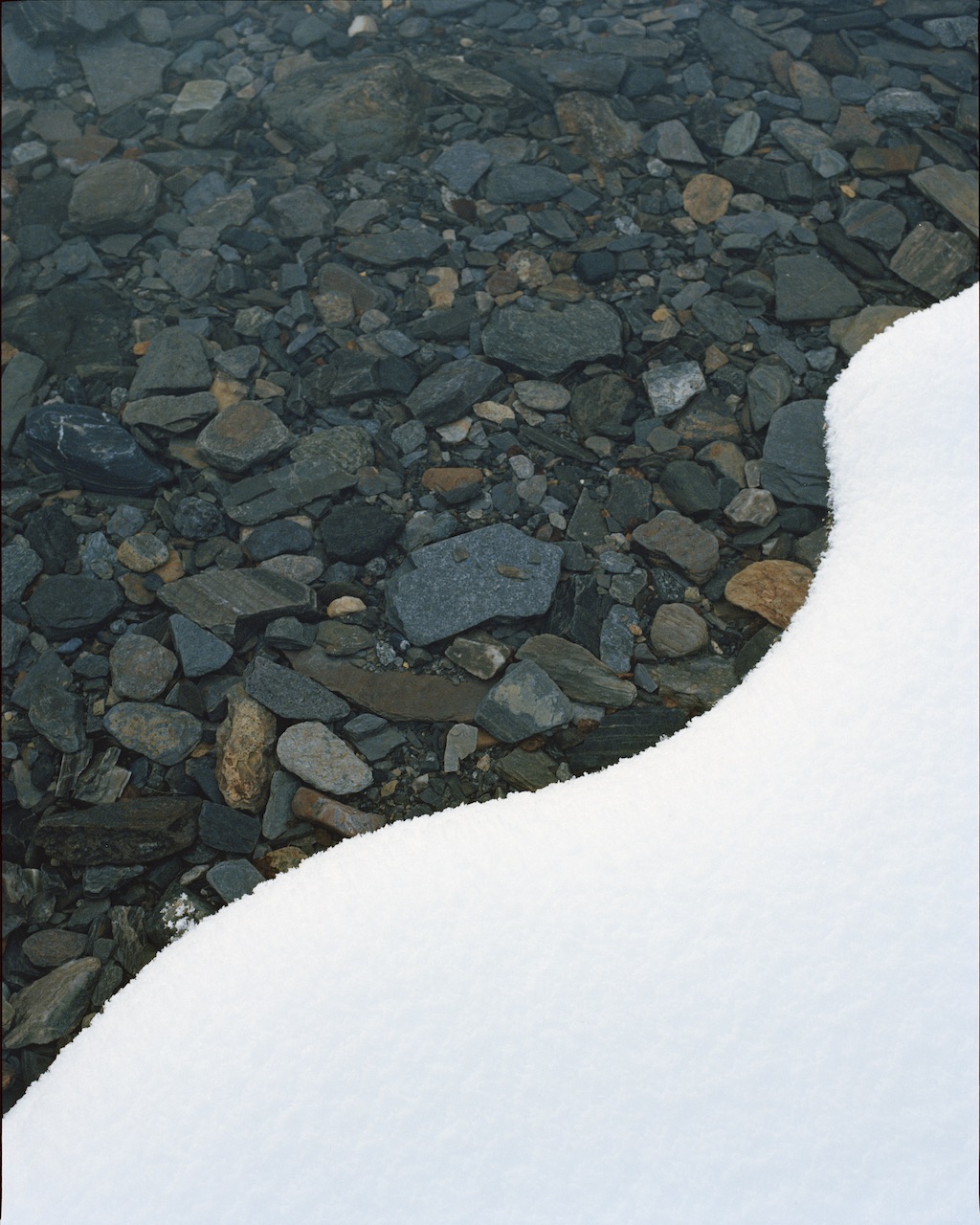
“The one thing I hate more than cold people is cold, hungry people,” Allas explained at the start of the tour as he loaded our bags up with boiled reindeer meat and Sámi gáhkku (flatbread) at his compound in Kiruna. As well as his house, the compound contained a storeroom full of various cold-weather apparel for guests, traditional Sámi artefacts such as a wooden sled and old clothing made from reindeer skins, as well as elk and reindeer antlers.
By contrast, the cabin where we are spending the night – located about four hours by snowmobile from Kiruna – is basic, with a cast-iron wood-burning stove to keep it warm and bunks for sleeping. The two or three cabins nearby are only used in summer, so we don’t see a sign of another person until our return journey the next afternoon, when Allas spots the tracks of a nephew and his dog.
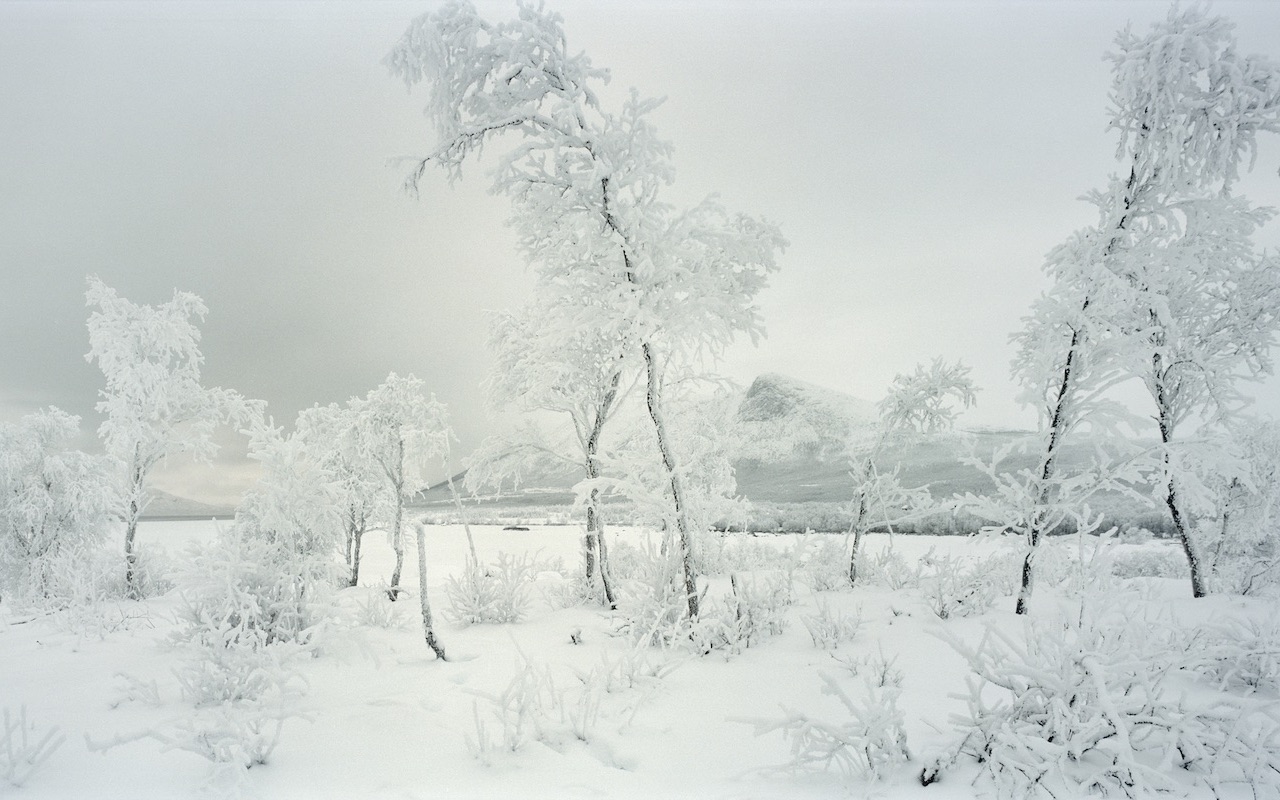
Although the accommodation is basic, the landscape provides all the atmosphere you could want. We stop for a break on the edge of the frozen Torneträsk lake and take in the heart-stopping silence, before Allas points out how the tree line runs in an absolute straight line across the low mountains on the other side.
The cabin is in an ideal setting to see the Northern Lights. But on the night we visit, the pulsating green phenomenon fails to make an appearance, so we have to make do with admiring the near-full moon hanging low in the sky.
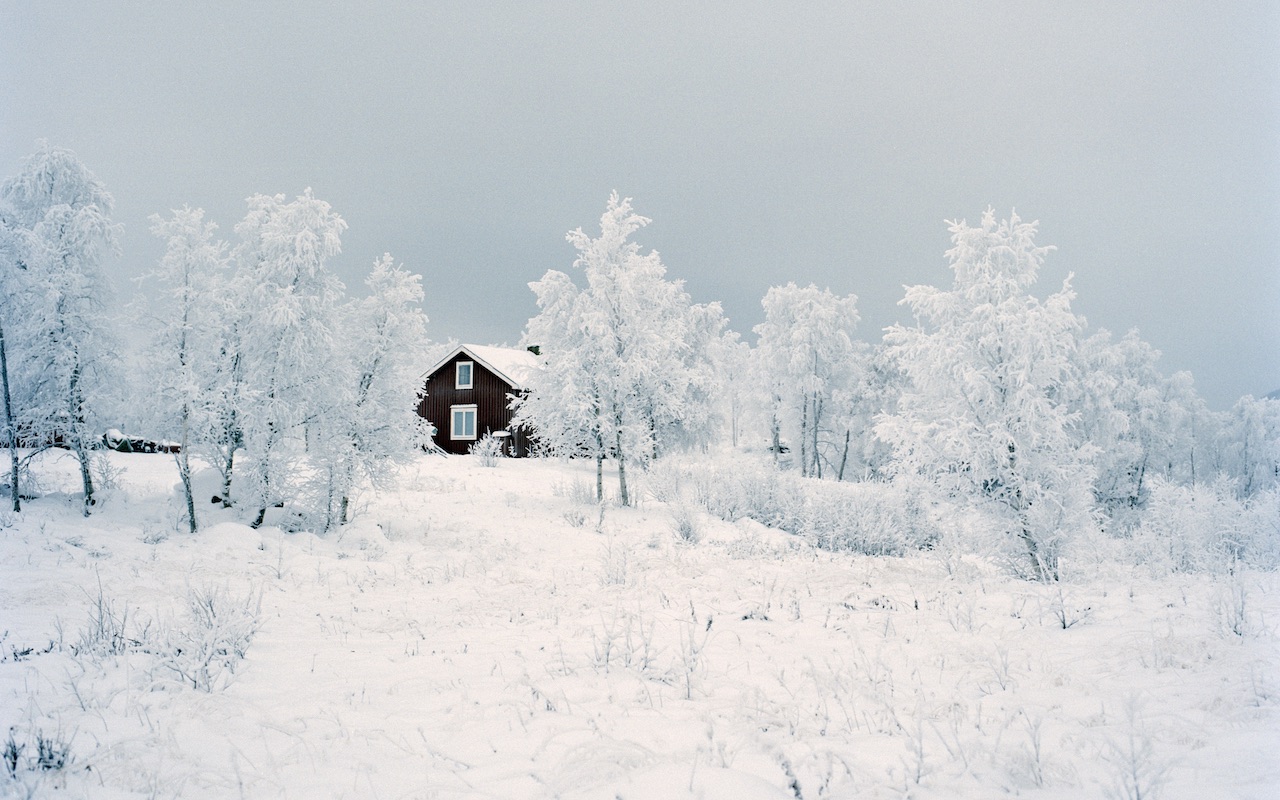
Allas regales us over whisky with anecdotes of a visit to his home village, Josto, by former president of Germany Richard von Weizsäcker and the king of Sweden; of the legendary hockey player Börje Salming, whose father was a Sámi from a neighbouring village; and of much else besides.
The conversation reveals that we are far from the first guests to find ourselves press-ganged into helping round up errant reindeer. Allas once delivered a Spanish woman exhausted back to the cabin at well past midnight, after more than six hours of strenuous herding.
Not that I feel I have been much help. I had forgotten that my photographer Odell grew up in the snowy outskirts of Stockholm, so he could at least handle a snowmobile. Earlier in the day, I spent the trip to the cabin sitting behind Allas on the saddle clinging on for dear life. When he did offer me a 10-minute stint behind the handlebars, I had to ask what to press to make the snowmobile go forward.
The cabin is in an ideal setting to see the Northern Lights
He looked at me like I was missing part of my brain, then gestured towards the red fibreglass contraption which carried our bags and equipment. “Don’t ask any more questions, or we put you in the sled,” he said. When I had a second stint, I careened off the path into deep snow, from which the snowmobile needed to be hauled out by rope.
The day before we arrived, the temperature near Kiruna dropped to -30°C. The cold, Allas reveals to us, means we might just be the first this winter to cross two lakes on the Tornio river. This allows us to travel at much faster speeds of 80km/h over the flat surface but takes all Allas’ skill. Before each new stretch of open ice, he walks out from the shore and begins chopping through the surface with a hand axe to check thickness and quality.
“Did you notice,” he asks Odell with relish after one such crossing, “that the ice was moving up and down under you?” He continues, deadpanning, “If you see us disappear in front of you, turn around and go back. Tell them, ‘Stig? I haven’t seen him. He lent me this snowmobile. I don’t know where he is.’”
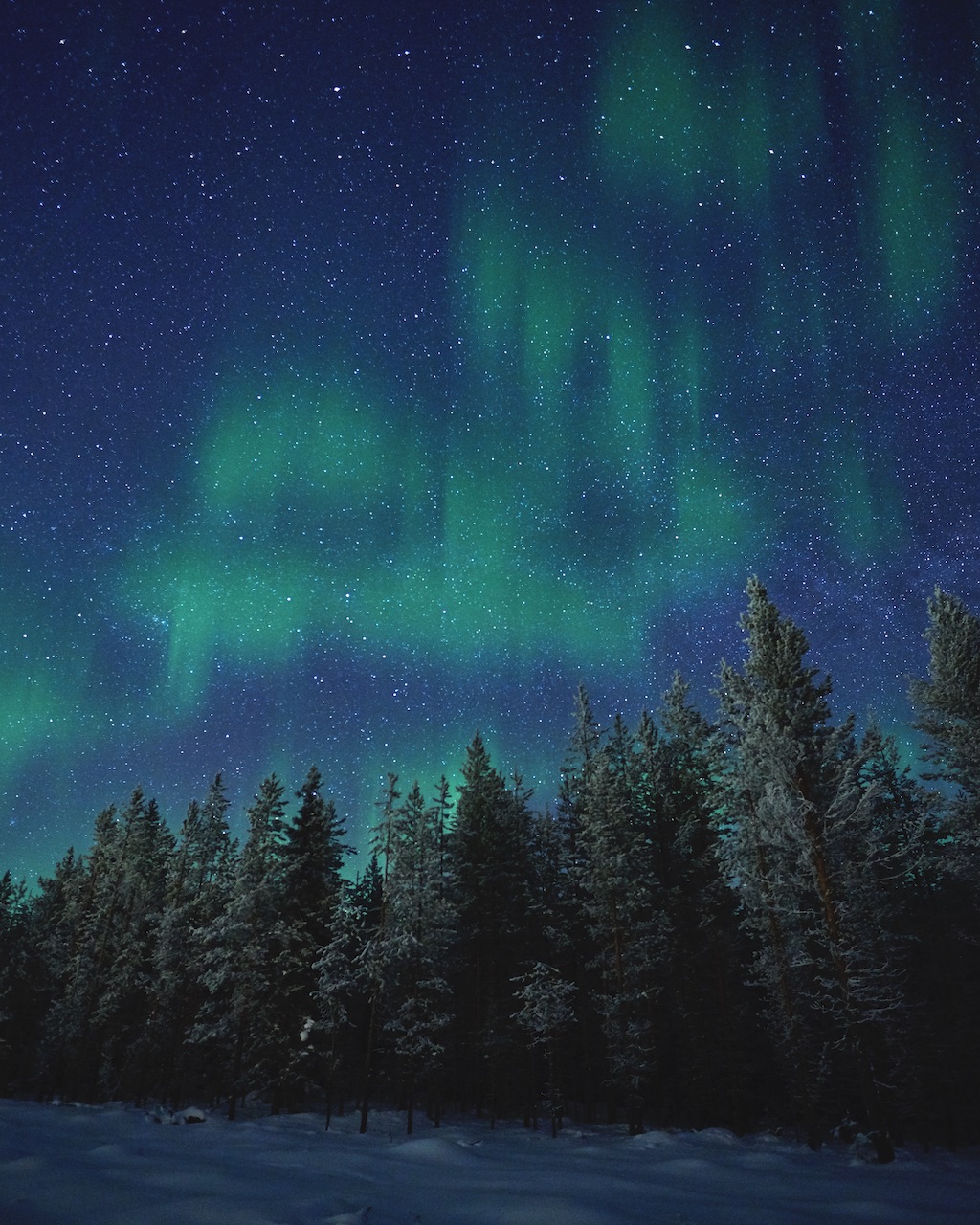
The unusual cold is also the reason why the reindeer still left near Allas’ village had gone “the wrong way”. They have been able to bypass a fence the herders erected by going out onto the lake, meaning they might move south across Torneträsk to land controlled by the neighbouring district, rather than east along the Tornio river to the pine forest north of Kiruna.
Climate change has made the weather more unpredictable. Last year, the summer was so dry and the first snow so late that herders had to leave out food to help the reindeer survive the winter. This year, there’s been so much snow so early that, according to another guide we talk to in Kiruna, the herders in the next-door Gabna district plan to round up their reindeer over a month earlier than usual.
Reindeer corrals are spectacular, with thousands of animals running close together around a narrow circular track. I beg Allas to take us, but he refuses. It’s not his district, so he can’t take tourists: “It would be something like stealing,” he explains. So when we get back to Kiruna, we decide to go ourselves. We hire a car to drive to Abisko, a village near the crossing to Norway, where the neighbouring Gabna district’s corral supposedly takes place.
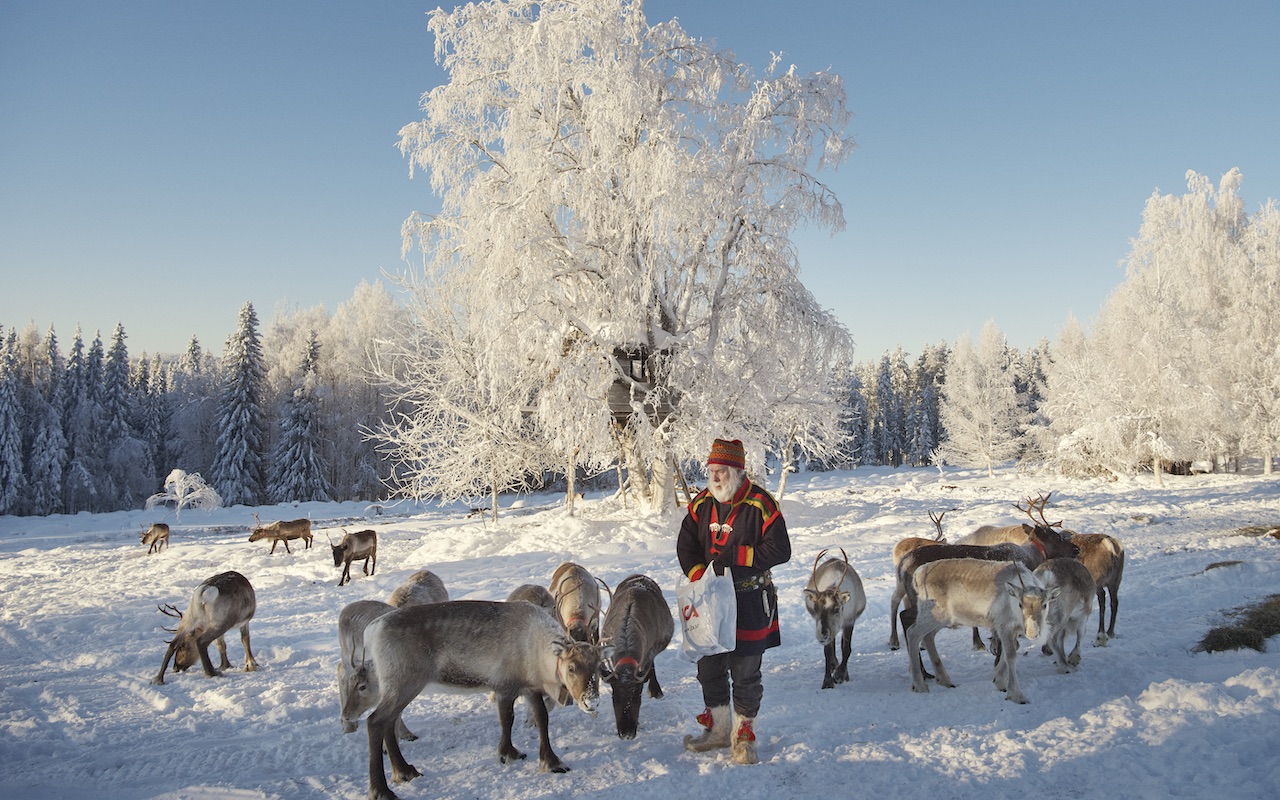
With the Lapporten, a stunning valley between two peaks, on one side, Torneträsk, Sweden’s sixth-largest lake, on the other, and reindeer everywhere, this stretch of road must rank among the most spectacular on earth. At the corral, we meet Mattias Keinin, who is there to check the pen where his reindeer will be held. “They’re everywhere,” he says, explaining that the reindeer are so dispersed over the mountain slopes that it will be days before they can be gathered and the corral can take place.
“There’s so much snow now in the mountains so the reindeer are coming down faster than we expected, and now there’s a little bit of a panic to get them down,” adds Christer Johansson, a Sámi from the Saarivuoma sameby the other side of Kiruna, who is here to build the corral.
That evening, I knock on the cabin where the herders from the Gabna district are staying to find them slumped exhausted, nursing cans of lager. With more than half the reindeer still dispersed over the mountain, there will be no corral the next day. But there is a consolation: some of those south of the railway have been rounded up into a holding pen.
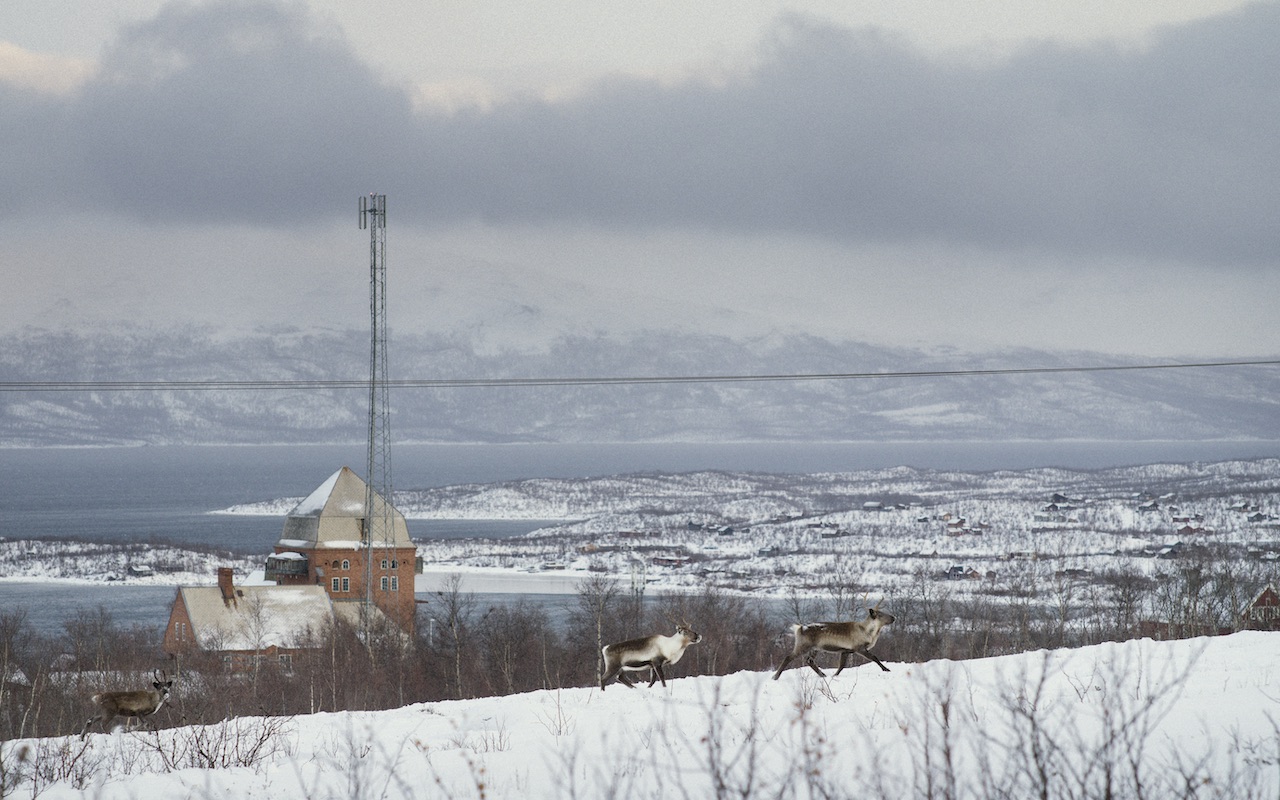
The next morning, I crunch through the snow to visit them. I round a group of low trees and there they are, hundreds of reindeer, nosing the snow for food, the mountains towering behind them. But with just 20 minutes left before my train leaves for Stockholm, I don’t have long to savour the sight.
Allas messages to say his nephew will be at the corral the next day to collect reindeer from their district that have strayed – just like those we were herding by his cabin. At this moment, it strikes me that our earlier adventure may have played some role, if only a tiny one, in the winter’s work. At the very least, we’ve experienced an authentic slice of Sámi life.
Who are the Sámi
The Sámi are an indigenous nomadic people whose homeland stretches across north Norway, Sweden, Finland and Russia, and who traditionally made a living from reindeer husbandry or fishing.
They speak a set of languages related to Finnish, Estonian and Hungarian. There are currently about 70,000 Sámi living in Norway, Sweden, Finland and Russia, of whom less than 3,000 still derive a significant part of their income from reindeer husbandry.
In the 19th and early 20th century, the Sámi in Sweden were exposed to attempted cultural eradication, with their children often taken and placed in boarding schools where they were forbidden to speak Sámi languages. The Sámi in Sweden now have their own parliament but continue to fight in Swedish courts over land rights.
Live like them
Allas Activity
Reindeer herder Stig Allas offers snowmobile rides, moose viewing, Northern Lights viewings and other activities.
Nutti Sámi Siida
This company arranges a day trip where you ride a sled pulled by reindeer and eat traditional Sámi food in a lavvu (Sámi tent).
SápmiLIFE
Ida-Maria Svonni from the Gabna district offers a personal cultural experience at her home in Jukkasjärvi, including taking guests to a Sámi museum.
3 local delicacies to try
Gáhkku bread
This is the Sámi take on chapatis or tortillas: a flat bread cooked on hot stones added to the fire. Traditionally, you would mix the dough and the yeast as you make the fire. Nowadays, however, gáhkku are more often made in a normal frying pan on a stove.
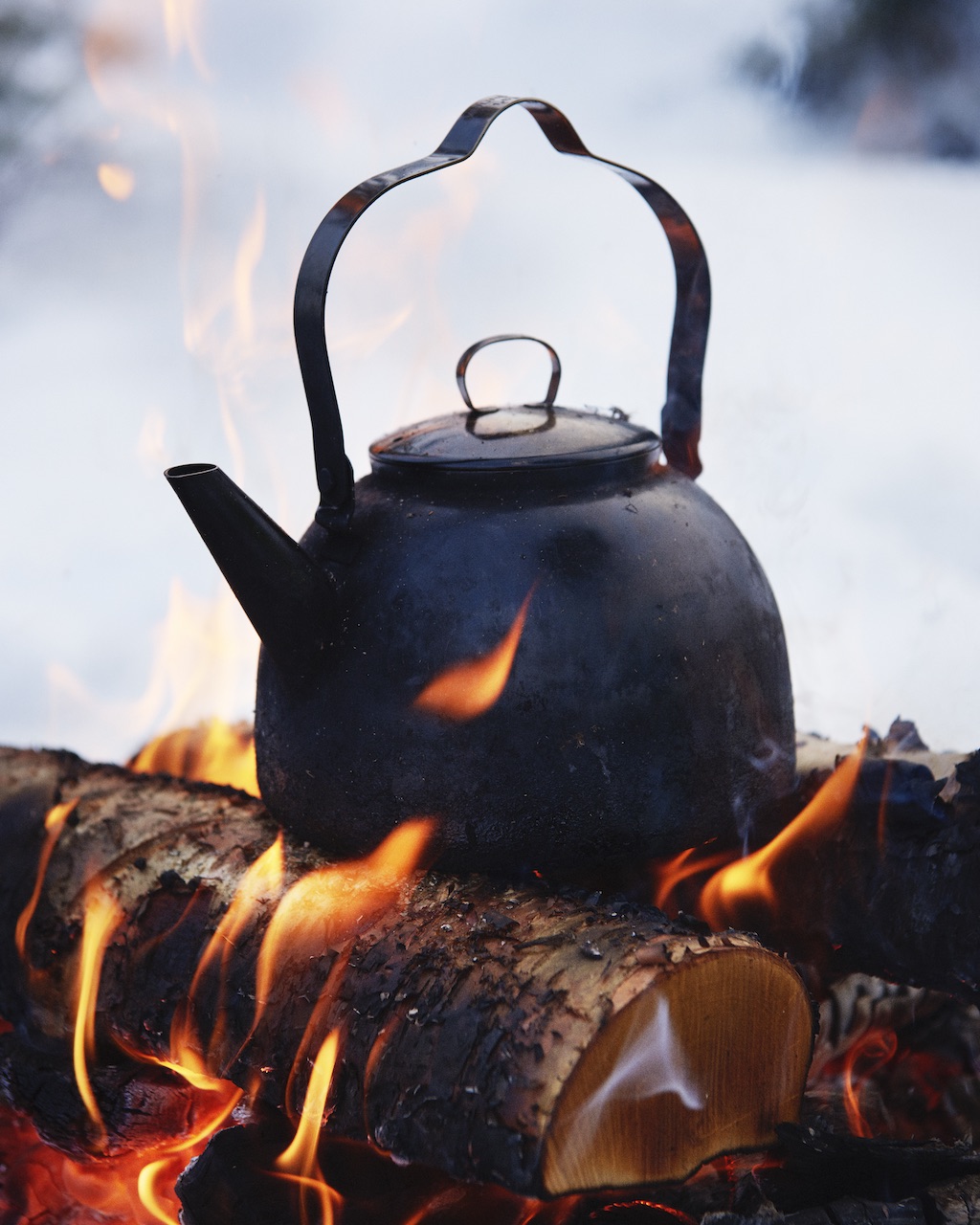
Kokkaffe
Kokkaffe, which in Swedish literally means “boil coffee”, is the traditional Sámi way to make coffee. Like Turkish coffee, it uses a coarse-ground coffee. The coffee is boiled in water in the pot, either on a stove or over a fire then left to settle before serving.
Cloudberries
Known as hjortron in Swedish, they are one of the most-loved delicacies of the Swedish north. Fresh, they taste like a mix between raspberry and redcurrant, but as the growing season lasts just a month, you’ll likely have them in the form of jam.
Kiruna is reached by overnight train from Stockholm. Singapore Airlines flies to Stockholm five times weekly. To book a flight, visit singaporeair.com
SEE ALSO: On thin ice: Stockholm’s long-distance skaters brave the elements
This article was originally published in the January 2020 issue of SilverKris magazine
The post Winter’s work: The thrilling chase of Arctic reindeer appeared first on SilverKris.
from SilverKris
No comments:
Post a Comment